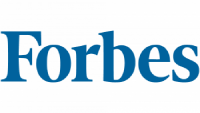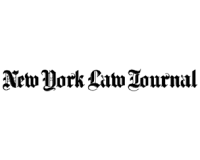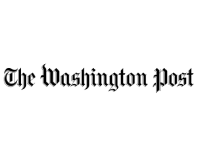For over 40 years, ASK has been the predominant law firm specializing in the analysis and recovery of avoidance claims. No other firm comes close to the amount of cases filed, settled, litigated, tried, and won.
Since 2000, ASK has been lead counsel in more than 100,000 preference actions, recovered more than $450 million, filed approximately 500 suits over $1 million, and tried over 30 cases to judgment. We are large portfolio specialists and regularly handle 500+ adversary proceedings (our largest filing was 1,745 cases).
We are industry leaders in the design of preference case management software and tools. Our program not only analyzes the preferences, but also reviews thousands of documents for information that will strengthen our case, such as quickly identifying emails that contain “collection pressure.”
ASK has shaped the body of modern preference law with numerous published decisions and regularly lectures on the topic at trade association and law firm CLEs.
The following list contains major engagements:
Quebecor World (USA), Inc., et al, (S.D.N.Y.), recovered $51 million
Hechinger Investment Company (D. Del.), recovered $47.2 million
WP Steel Venture, LLC, et al. (D. Del.), recovered $46 million
Montgomery Ward LLC (D. Del.), recovered $41 million
Sears Holding Corp. (S.D.N.Y.), recovered more than $36 million (active case)
hhgregg (S.D. Ind.), recovered more than $21.6 million (active case)
Dean Foods Company (S.D. Tex.), recovered more than $17.9 million (active case)















